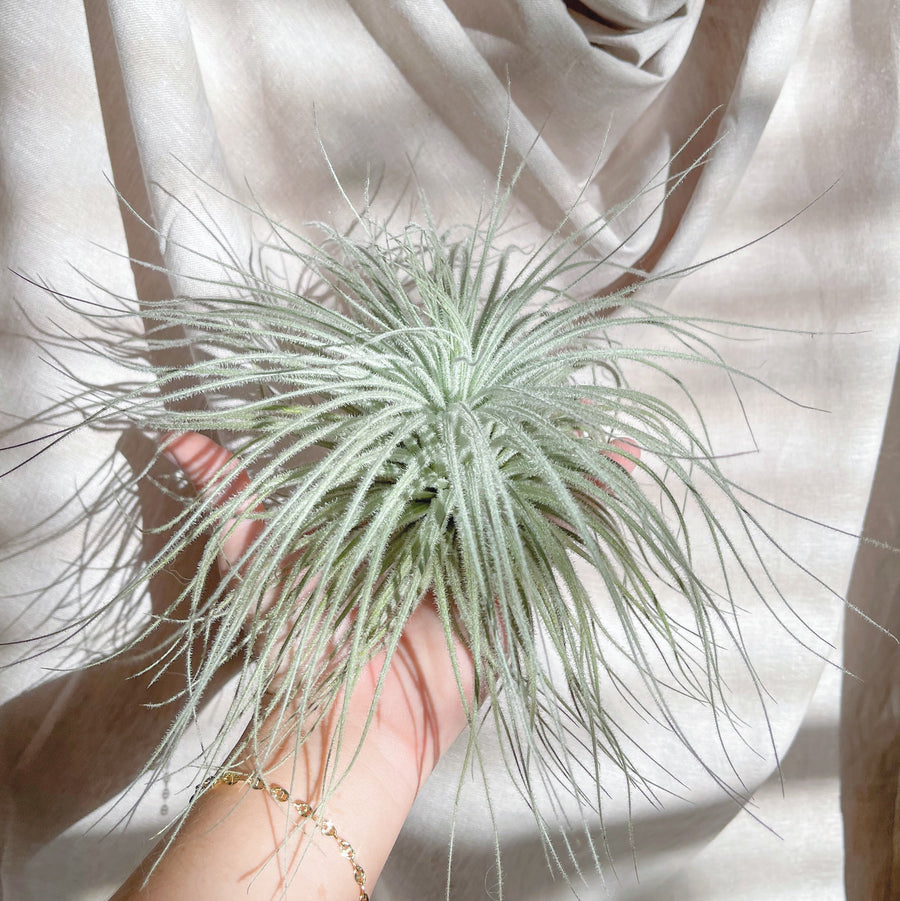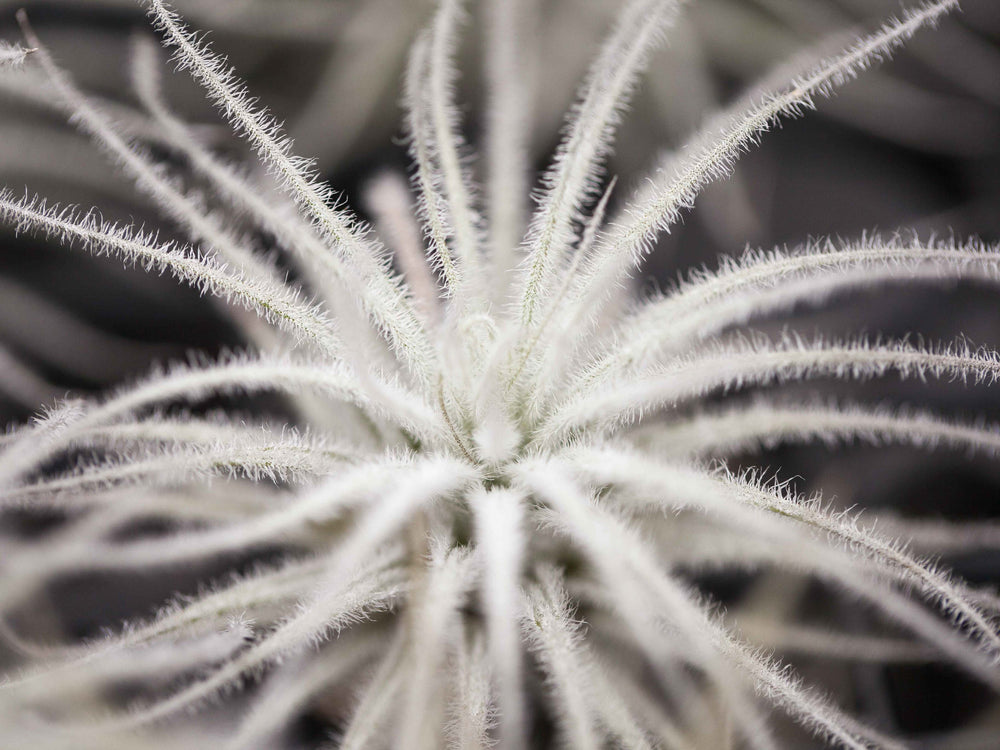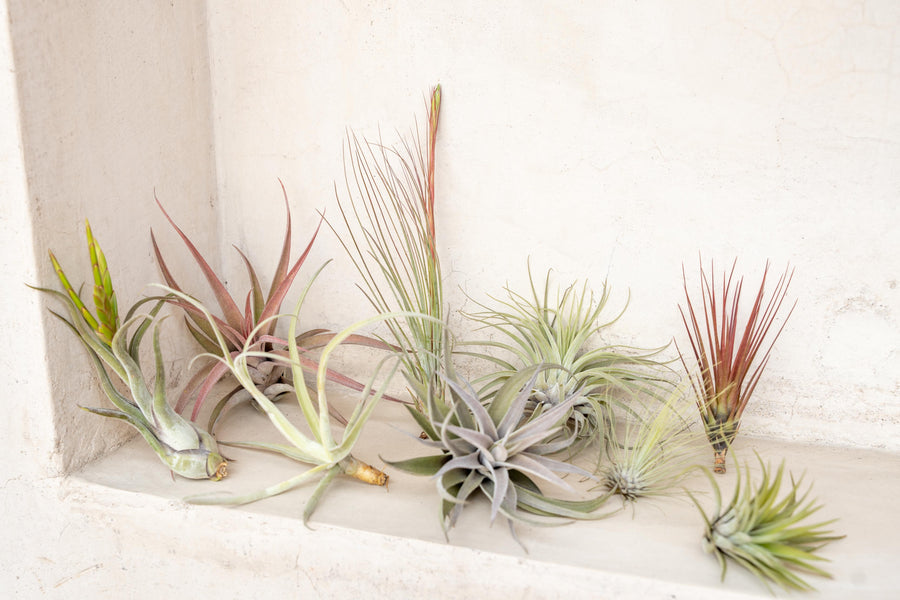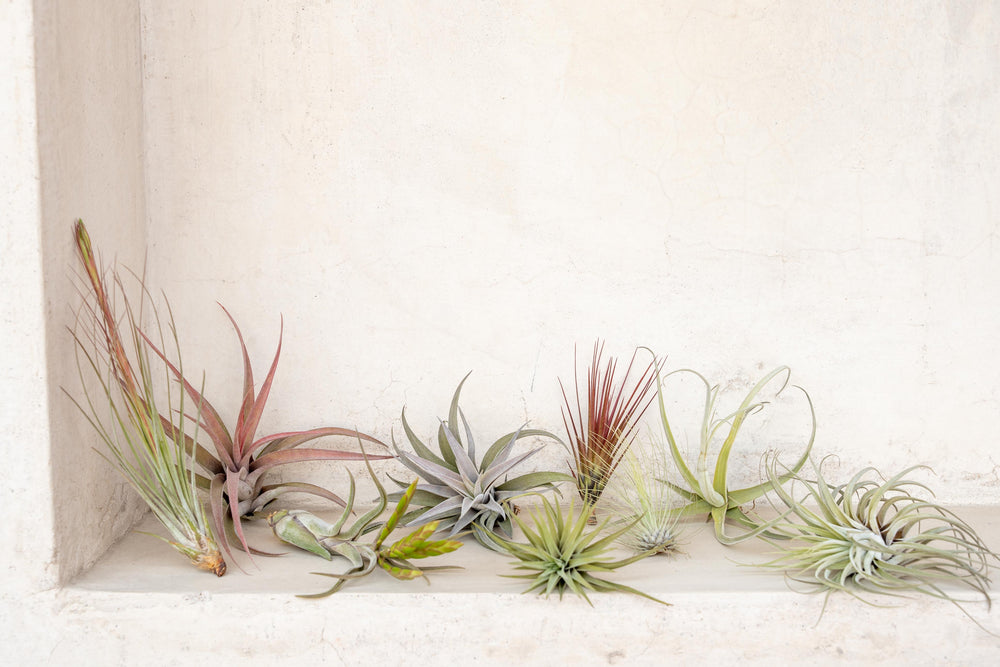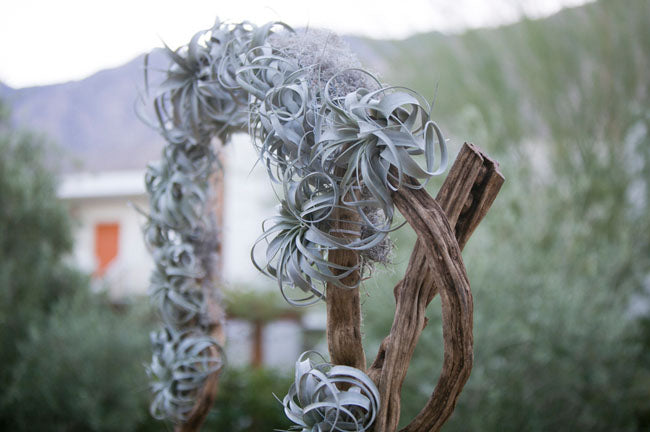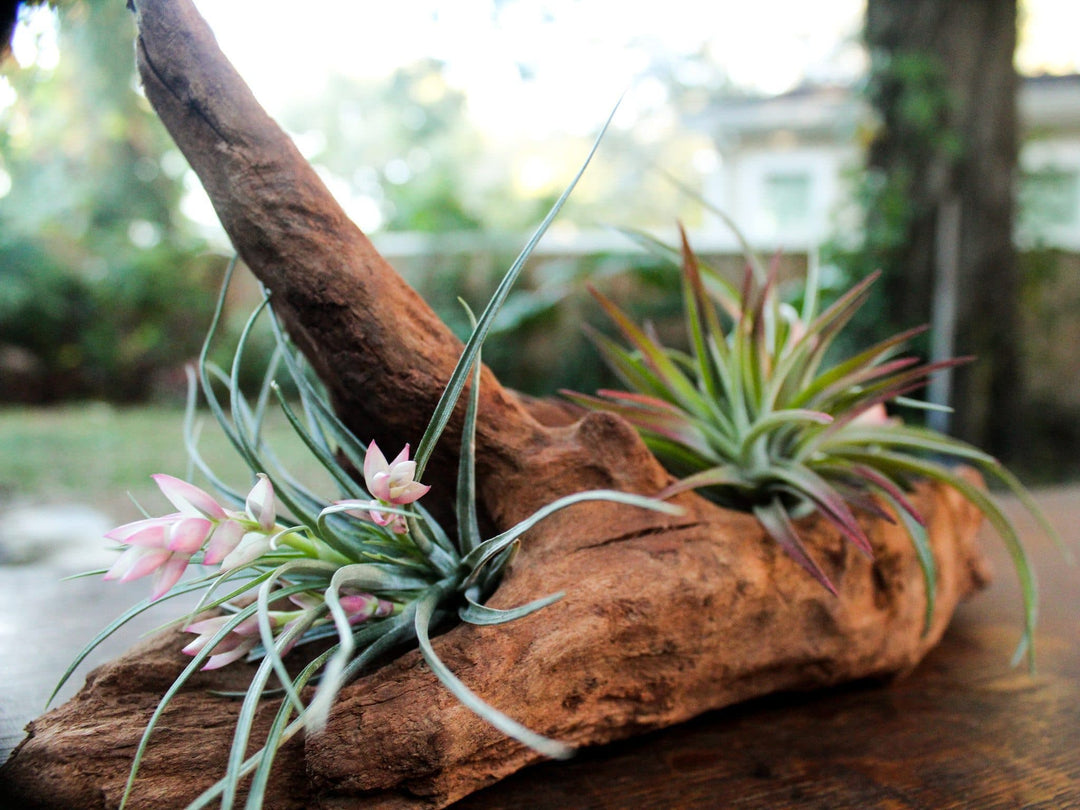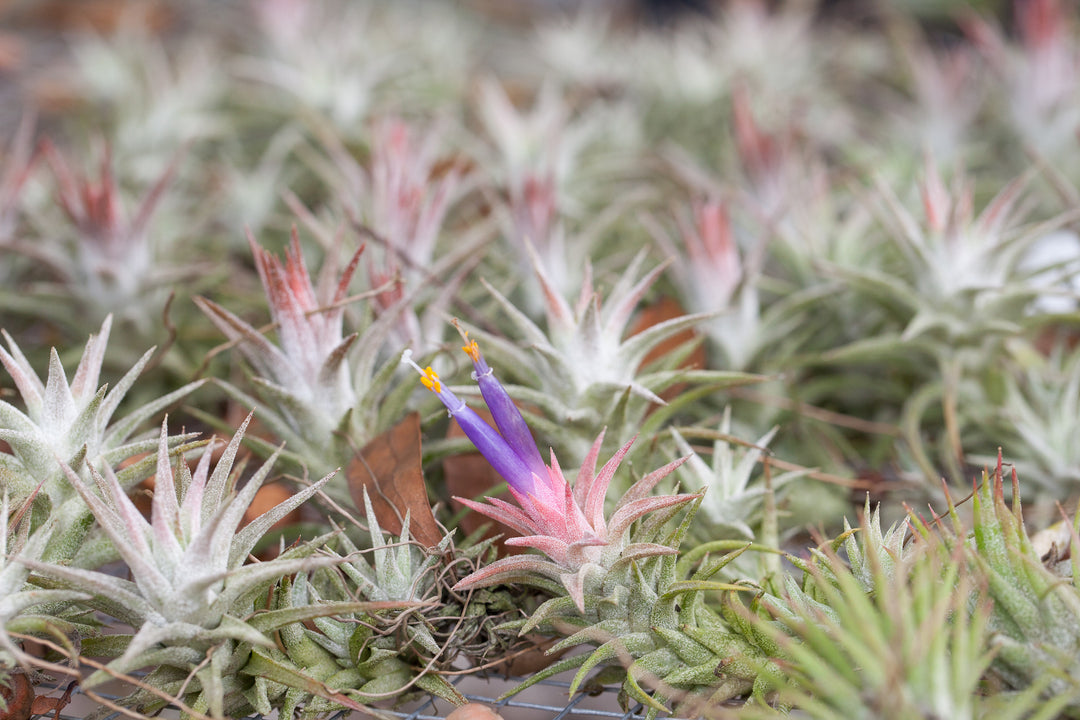Basic Care
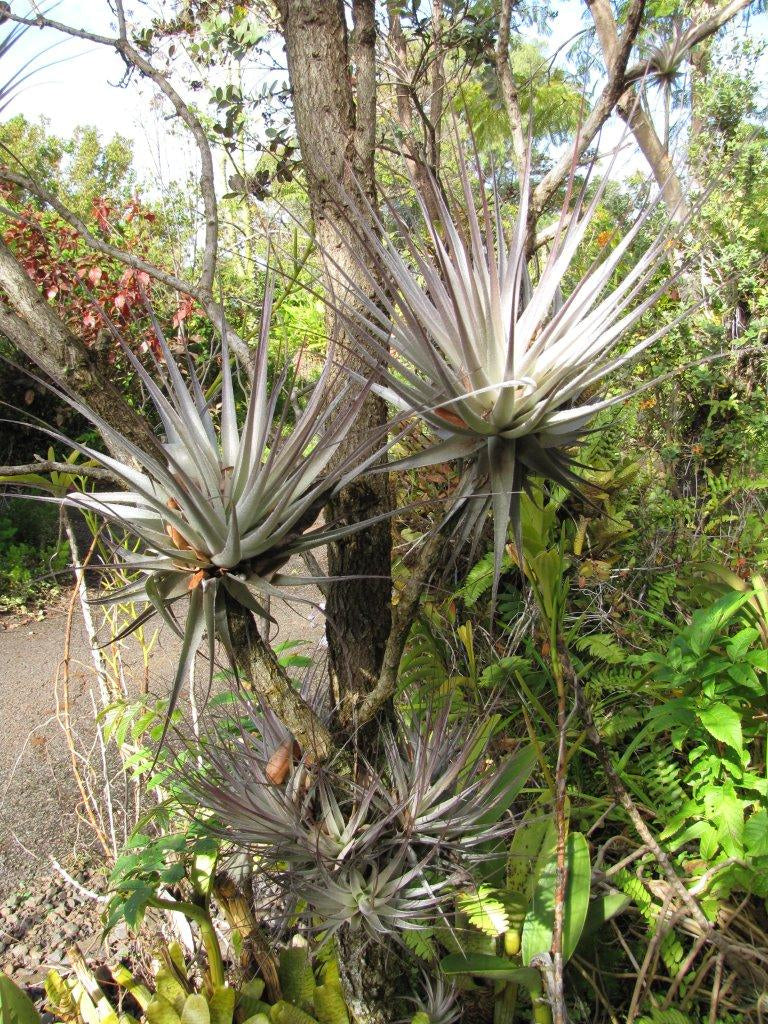
Where do air plants come from?
Most air plants are natives to tropical regions in Mexico, South America, and Central America. Some plants, are even found growing wild here in Florida and other areas of the Southern United States.

How do you care for an air plant?
Air plants need light, air, and water to survive. Air Plant care will also depend on the type of environment you are housing them in as well as the type of tillandsia you have. As a general rule xeric (silver leafed) plants will like drier conditions and more sunlight, while mesic (greener leafed) type plants will like more moisture and lower indirect light levels.

Do air plants purify air?
There have been studies that houseplants can purify the air in your home, but in pretty small amounts. Read our article about the benefits of bringing air plants into your home to learn more!
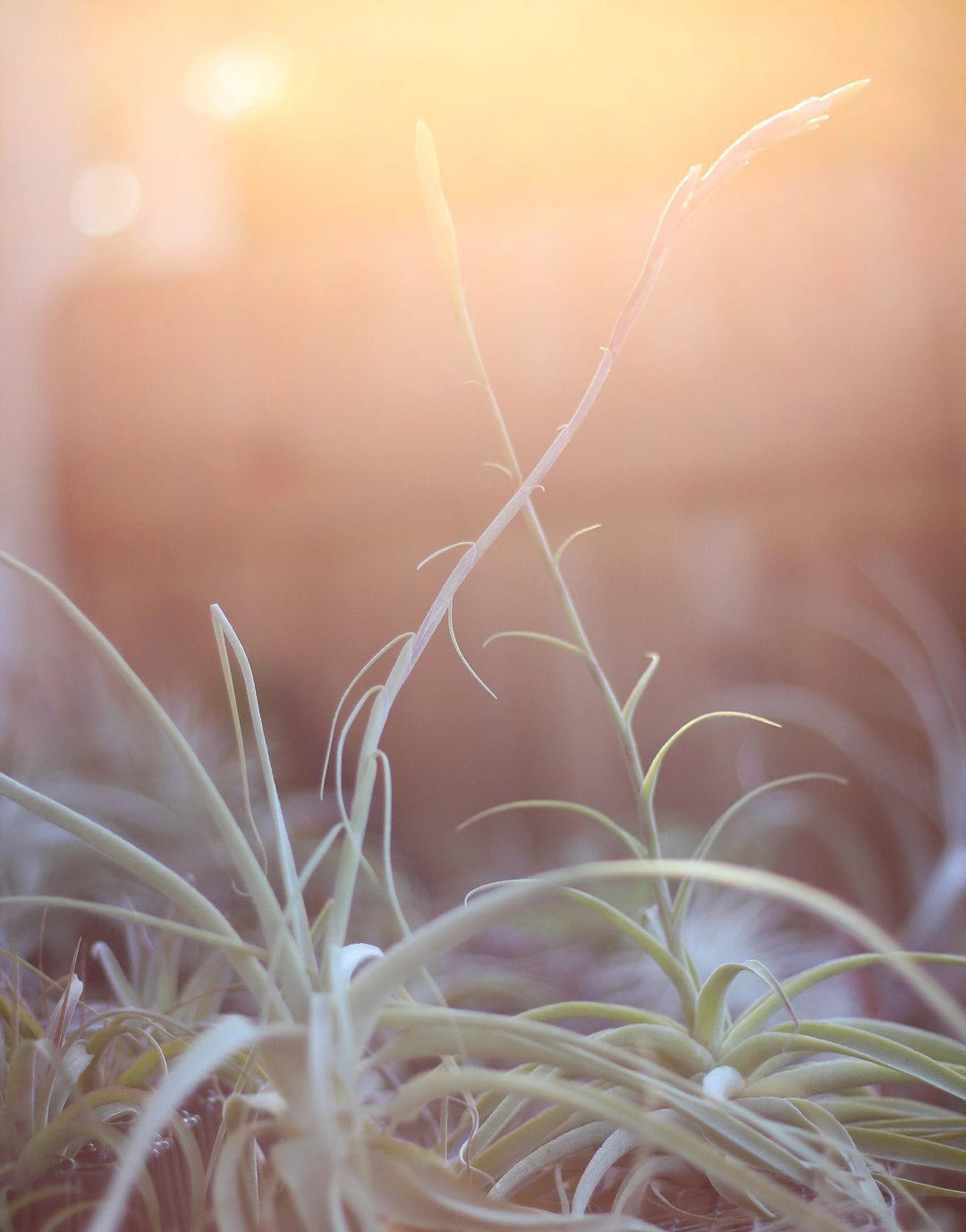
Does an air plant need sunlight?
Yes, absolutely! Air plants can also survive under artificial lighting. If you have an area that doesn't get adequate light, you can always rotate plants every couple of days so you can still enjoy their beauty, and the plant can continue to thrive!
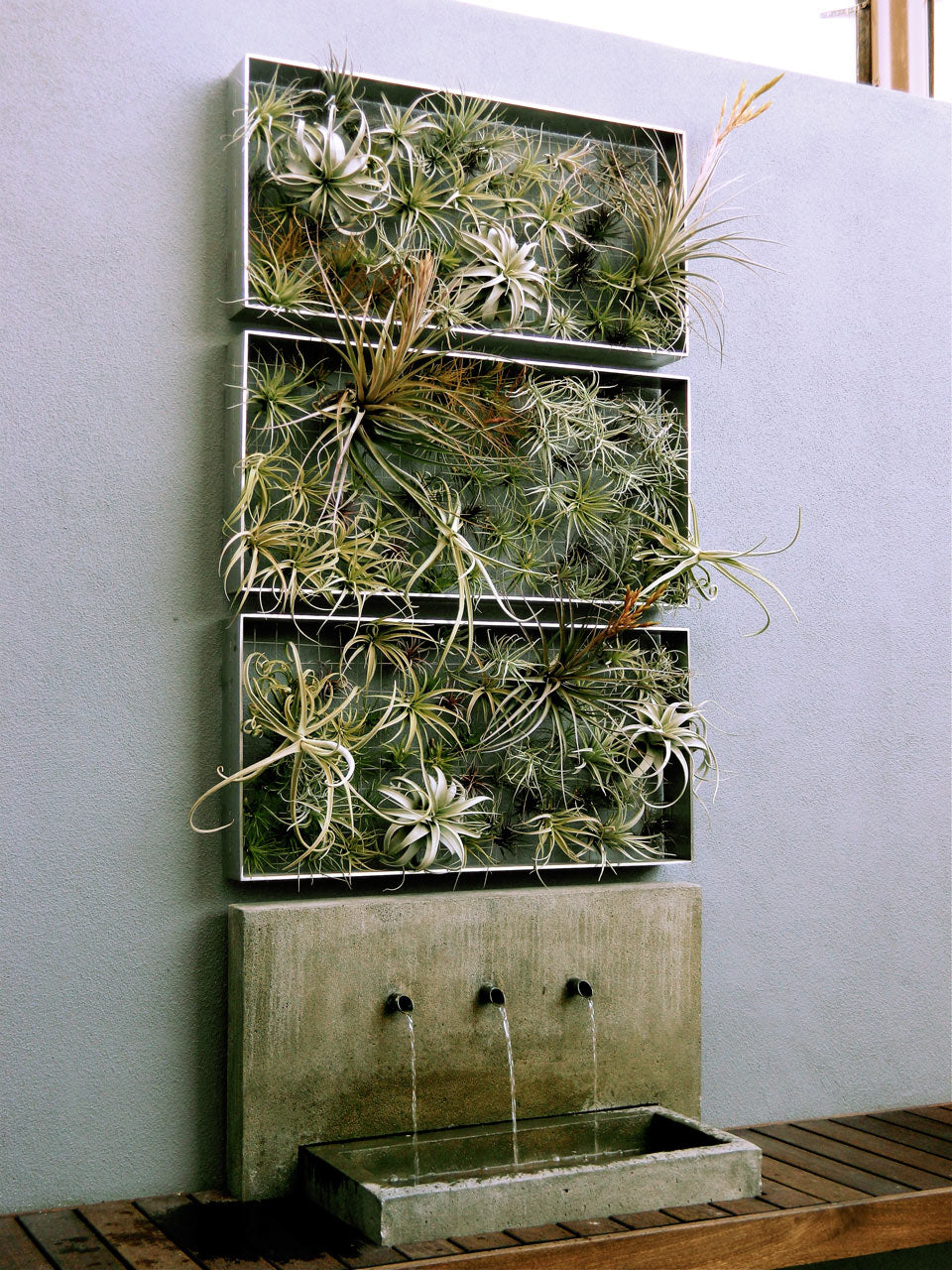
Can air plants grow in artificial light or low light?
Yes, air plants can grow under adequate artificial light. Be sure that your plants get at least 4-6 hours of light a day. Air plants do not do very well in low light. If you do keep your plants in a lower light area, we recommend moving them periodically to higher light areas so they get enough light. You will notice air plants in low light environments will become dull looking and loose their color more than a plant in good indirect light.
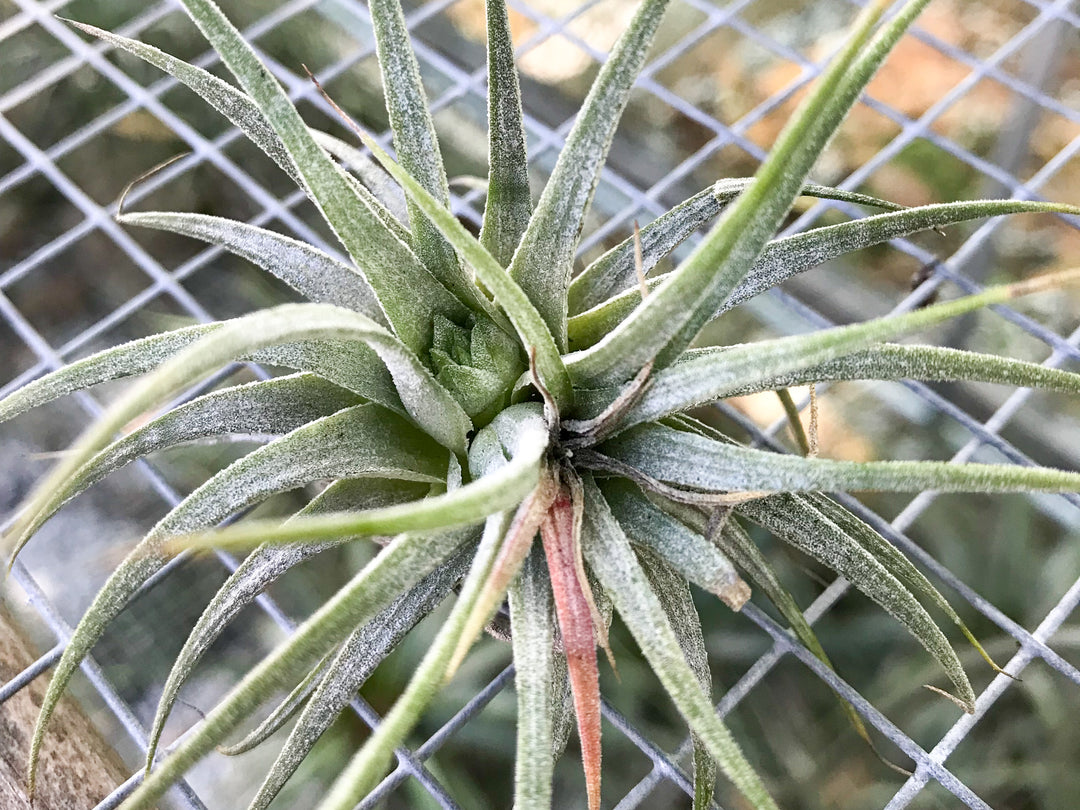
Why do my air plants keep dying?
While air plants are fairly easy to take care of, they can be a bit tricky at times. Your air plants might be dying due to not enough water, too much water, rot, fertilizer burn, or too much/not enough light. Learn more in our article "Top 5 Most Common Air Plant Issues". The most common issue people face is overwatering of their air plants!

Can you glue air plants?
You can use glue to attach your air plant to a mount or seashell etc. We recommend E6000 glue or a small dot of hot glue. When gluing, only put glue on the bottom leaves of the plant.
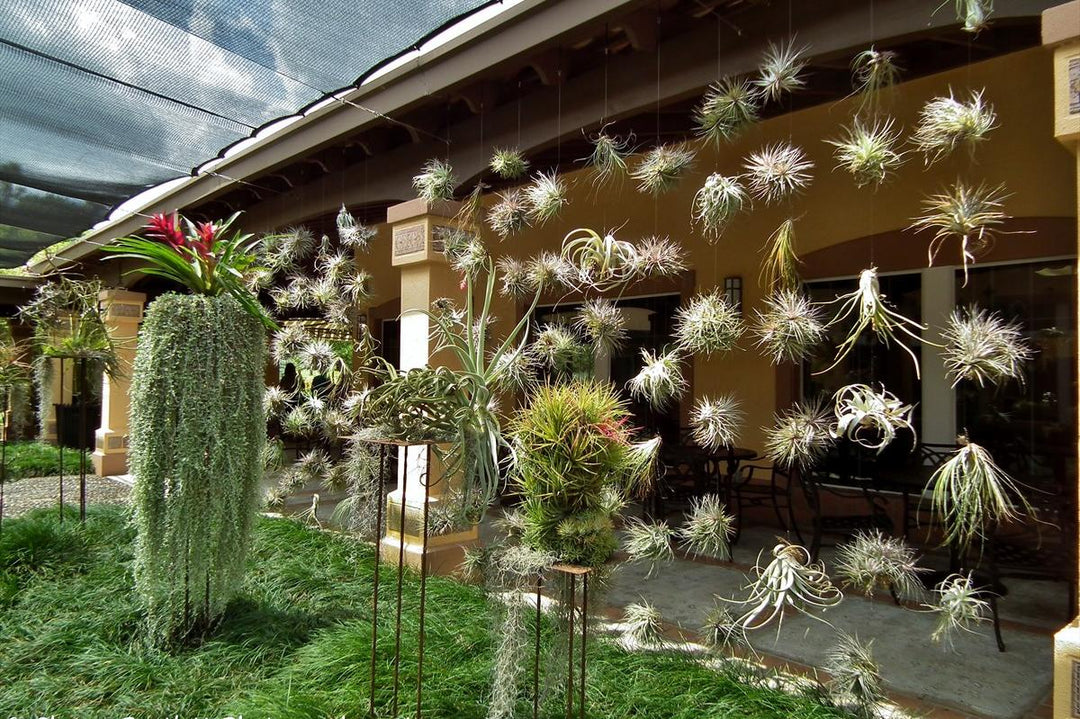
Can air plants be grown upside down?
Absolutely! Since air plants are epipythes, they use their roots as an anchor and can grow upside down, right side up, or sideways! Some plants grow especially well being mounted upside down, such as the caput medusae, pseudobaileyi, bulbosa, and butzii!
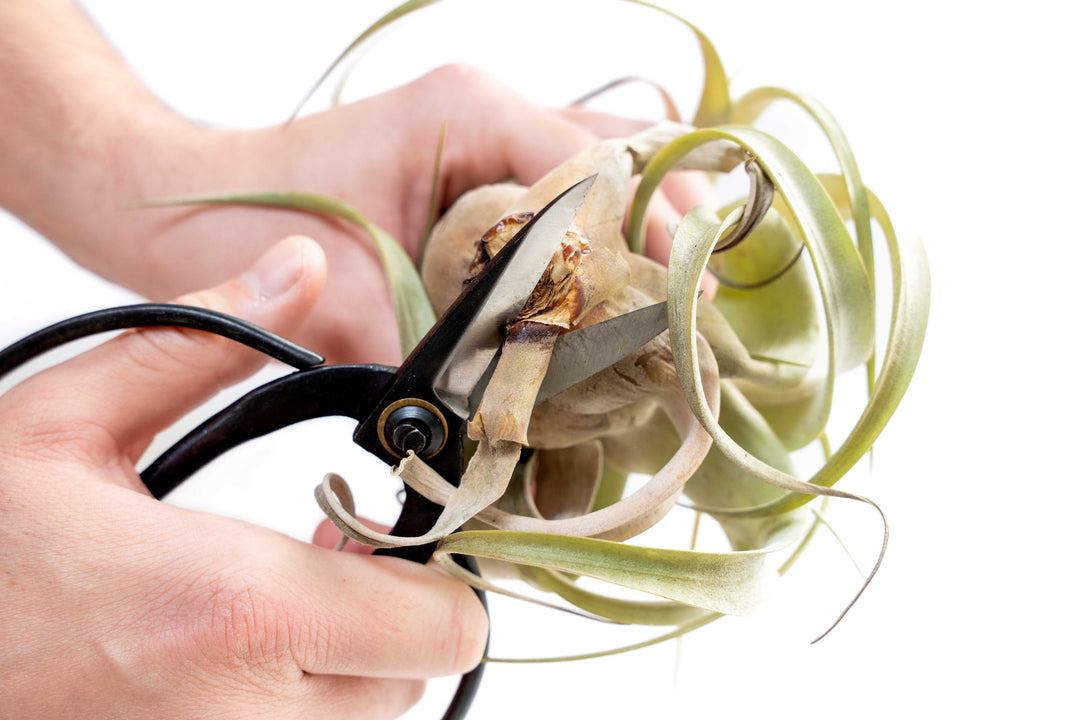
How do you prune air plants?
We all love air plants for their low maintenance nature but as with any plants you may want to trim or prune them periodically to maintain their beauty. We get lots of questions about how and when one should prune these unique plants so we have put together some tips to help you keep you air plants looking their best and identify any issues.
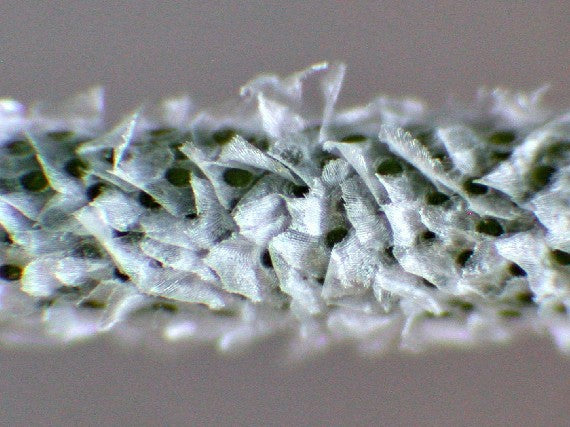
What are trichomes?
Trichomes are what will give some air plants their silver/grey fuzzy appearance, and the amount of trichomes an air plant variety has can dictate a lot about their care. Trichomes may look like little hairs but they are actually tiny cups that take in water. Trichomes are made up of a lot of little cells, some that are living, and some that are dead. When water comes in contact with the dead cells of a trichome, it swells it like a sponge and is absorbed into the living cells, which then put the water to use. Learn more about trichomes in our articles: All About Trichomes and Trichomes in Depth.
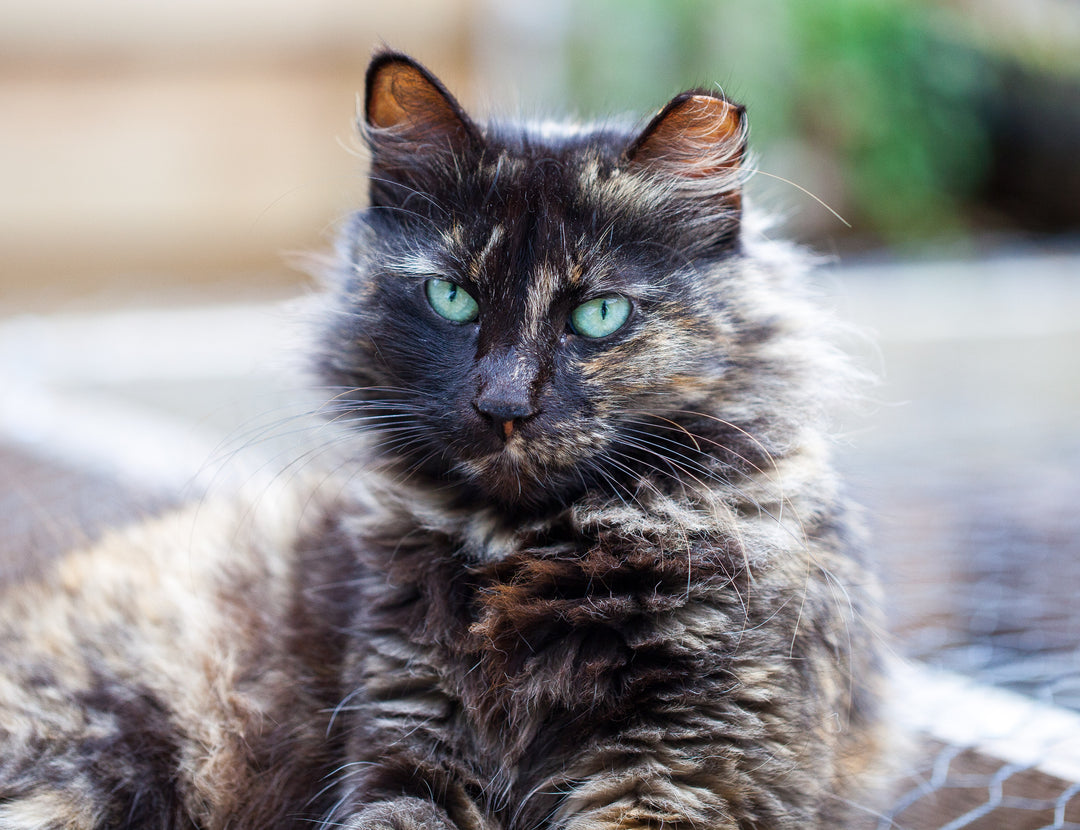
Are air plants toxic to animals?
Tillandsia, aka air plants, are non toxic to dogs and cats. So if your cat is a little too fond of nibbling on your air plants leaves, don’t worry!
Watering
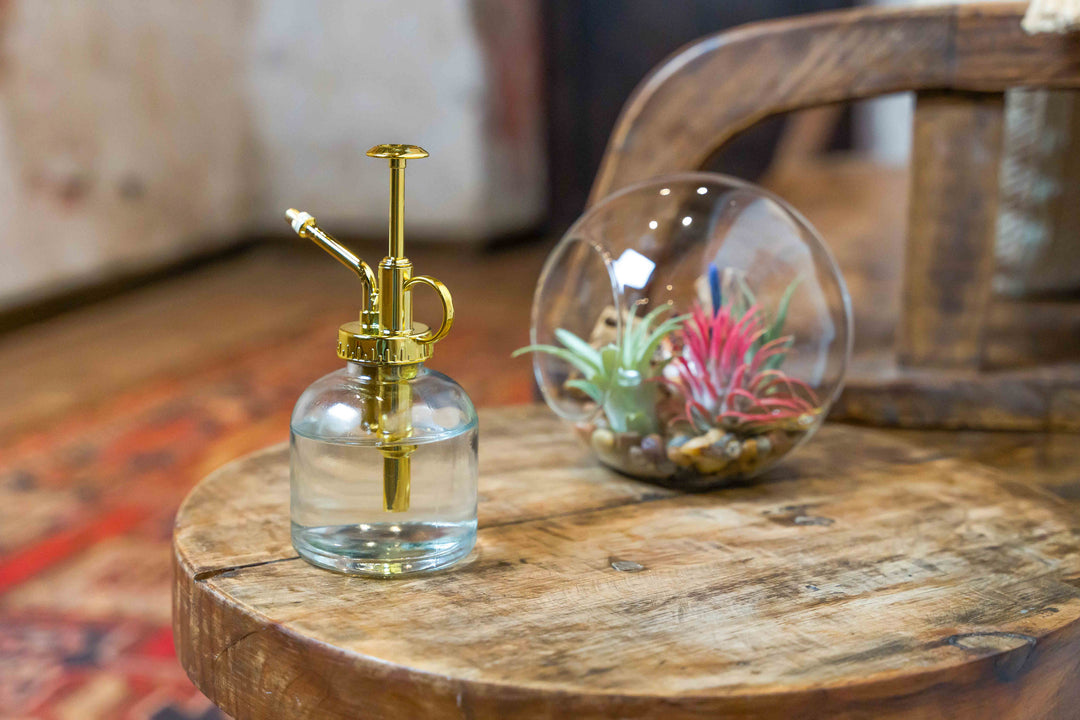
How do you water an air plant?
There are a few different ways to water your plants, dunking, soaking, and misting. Read more about watering air plants in our article Tips for Watering Your Air Plants.
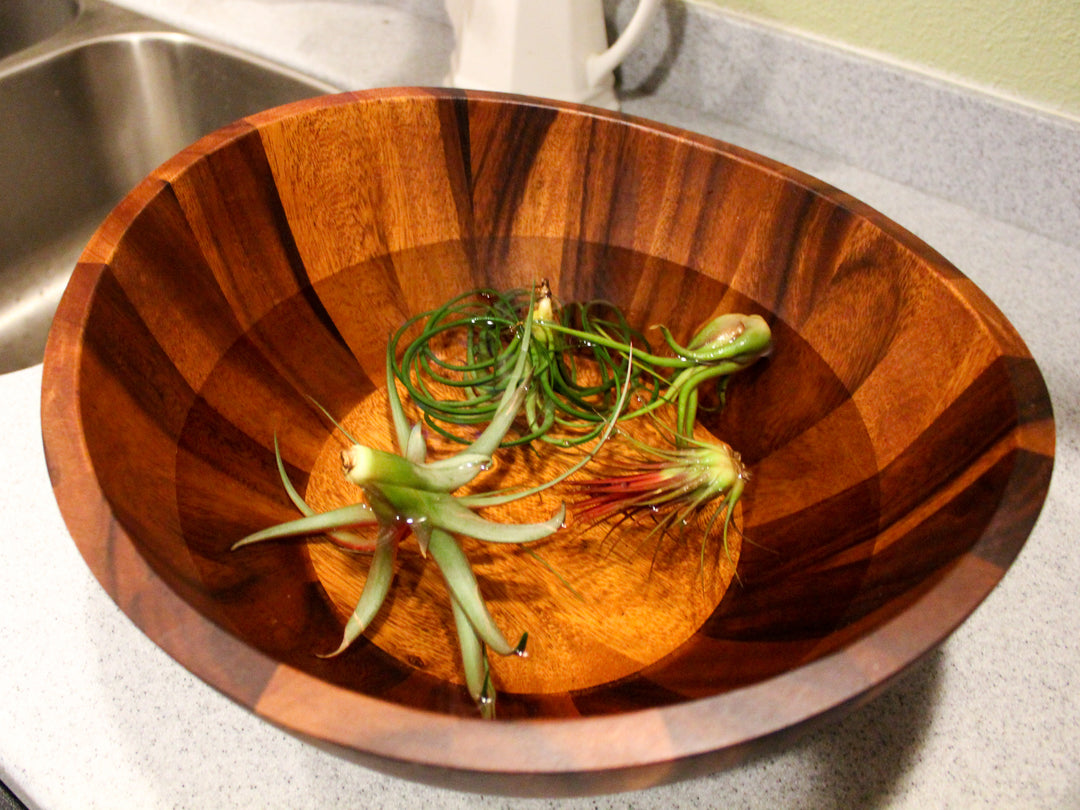
Can you overwater air plants?
Yes, you definitely can overwater your air plants! Most air plant species only need water twice a week in most environments, while others with abundant trichomes can go even longer without water. Overwatering can cause rot in air plants. Good air circulation is just as critical, the plants should be able to completely dry out within a few hours. Plants that stay damp/wet for prolonged periods can be susceptible to fungus and rot.
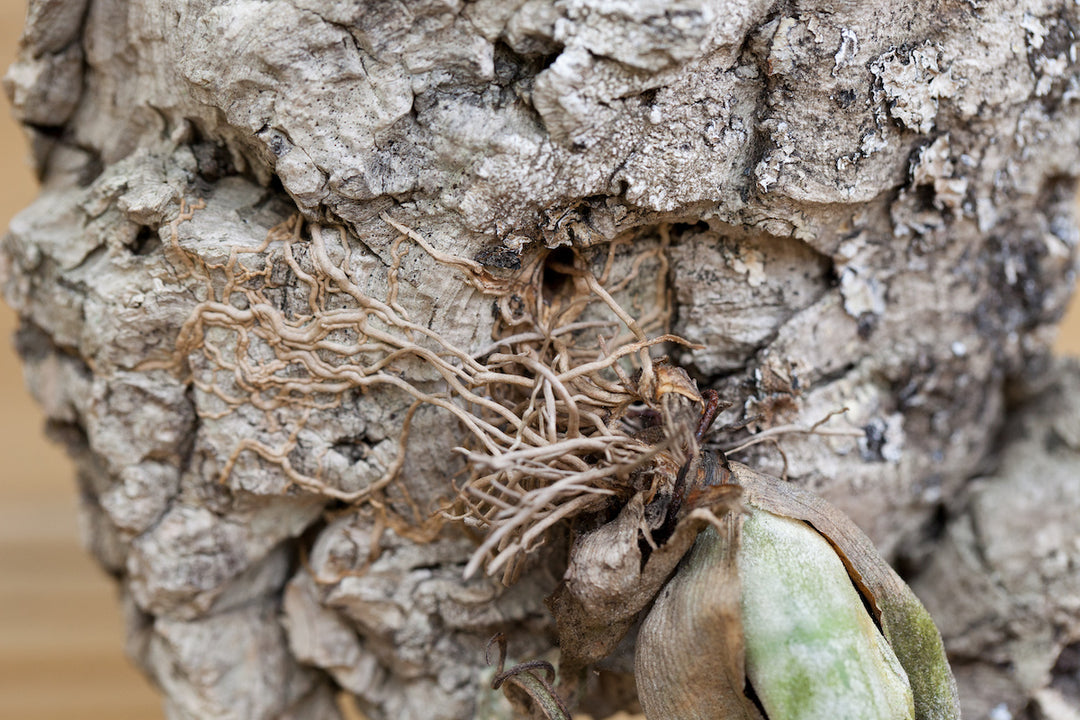
How do I water air plants that are mounted or glued?
To water a plant that is attached/mounted to a piece of driftwood or wreath, carefully hold the air plant under a light flow of water while making sure the wood is not getting wet. This will allow the plant to get watered, but reduce the chance of the plant rotting due to wet wood against the base of the plant. In between waterings, you can lightly mist your air plant if it looks dry.
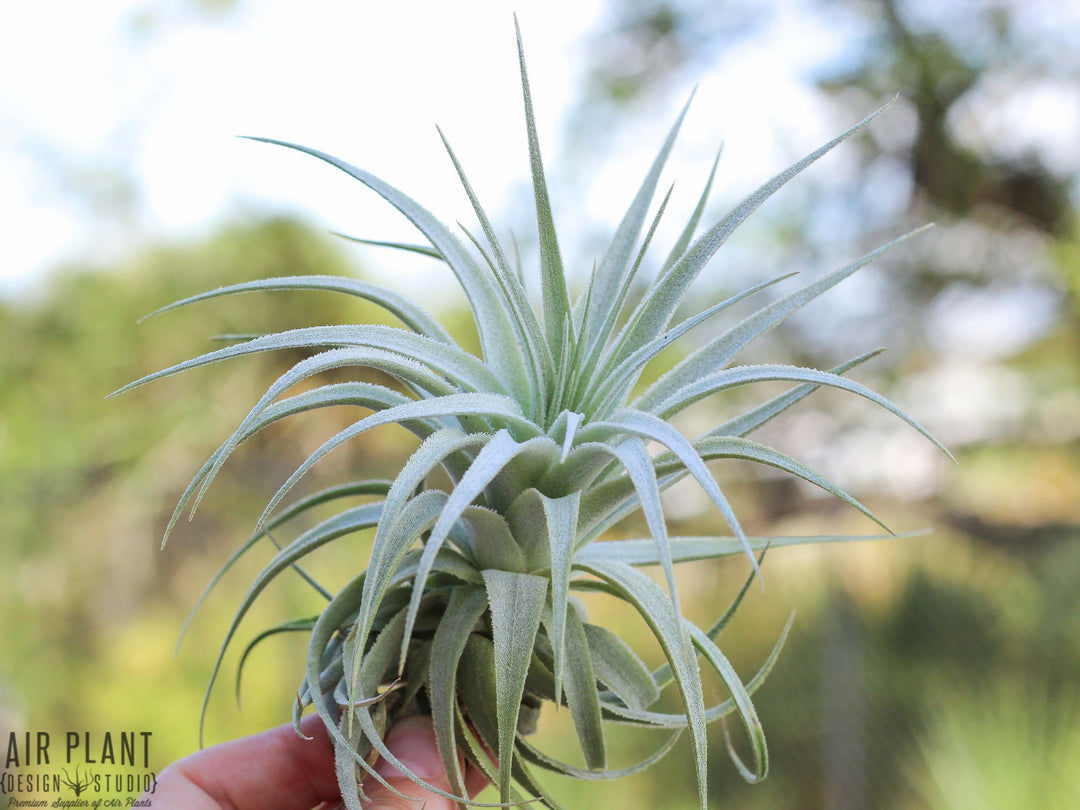
Can you revive a sick/dried out air plant?
Depending on how far gone your plant is, you can try to give it a good long soak to try to revive it. If it is too dried out or too soft, it might not make it, but its worth a try! Start with a good soak for 4-6 hours and see how the plant improves. You can allow it to completely dry out and then the next day try soaking again and see if there is more improvement.
Seasons
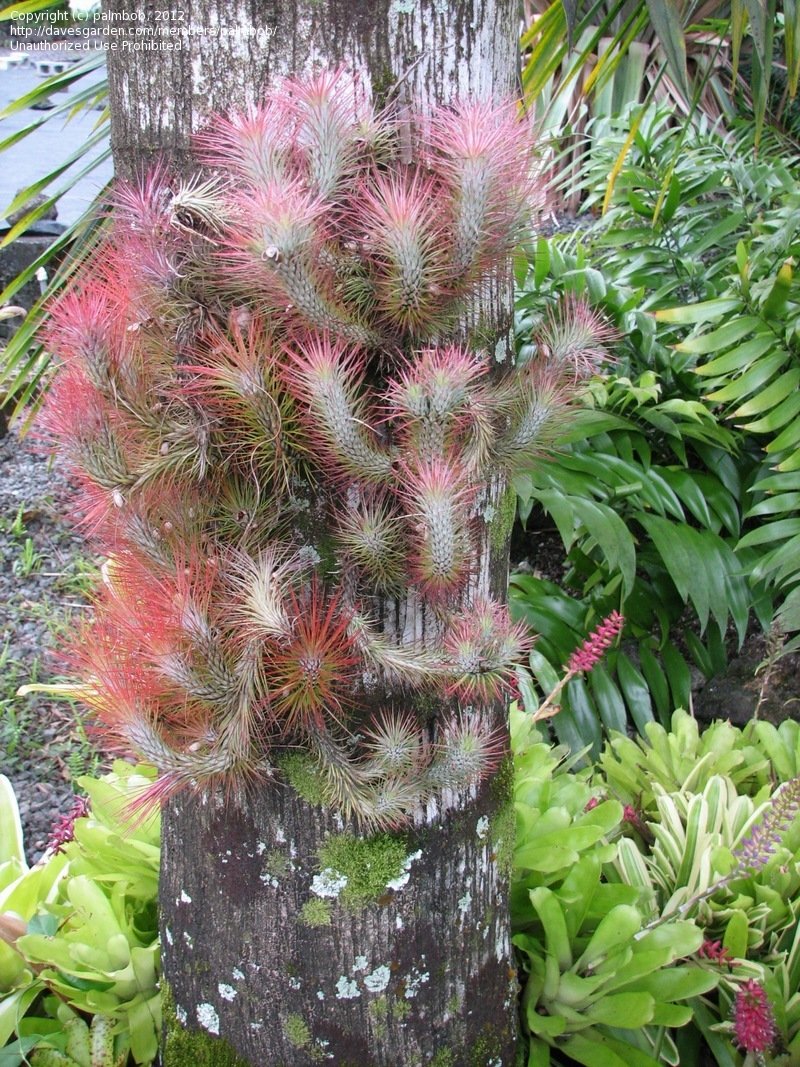
Can air plants live outside?
Air plants can thrive outside in most climates. We live in Florida, so our plants do really well in the high humidity. If you do display your air plants outside, we would recommend that you monitor their environment throughout the day to ensure that they aren't getting too much sun and enough water. If you live in drier climates, you might need to water your plants more frequently if they are kept outside. Also, you will want to bring your plants inside if temperatures dip below 50 degrees.
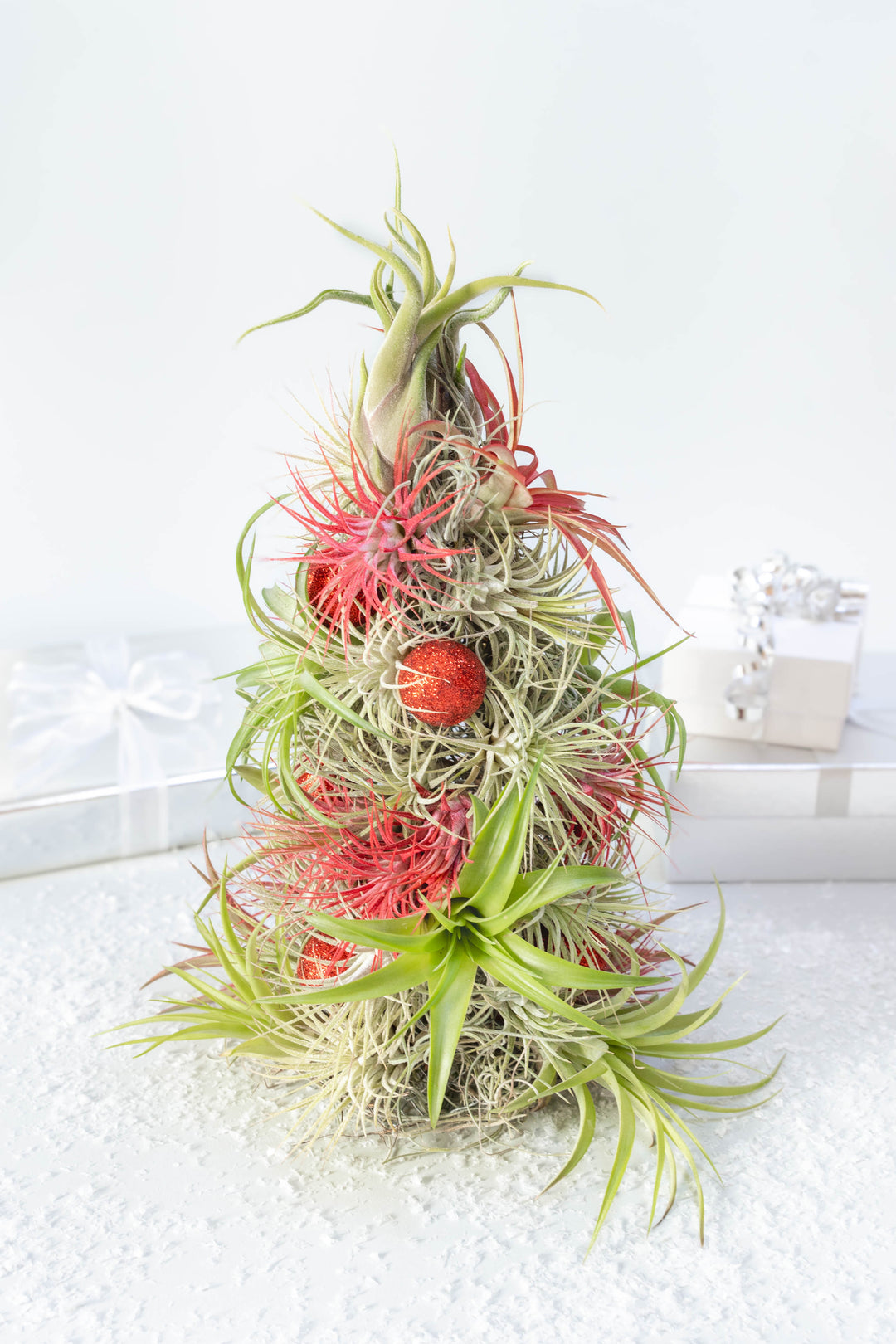
How do you take care of air plants in winter?
Keeping track of seasonal changes are a big part of keeping your air plants alive and thriving. If you live in a part of the country that has temperatures that drop below 50 degrees you will want to make sure that none of your air plants are left outside. Be sure that your plants are sufficiently watered at least once a week. You might need to water more if you run the heater more frequently as this can dry out your plants. Being too close to a cold window can shock your plants and may cause them to die as well. Learn more about winter air plant care here. Most plants can actually handle temperatures down to low 40's, but low temperatures can still damage delicate plants like funckiana and magnuisiana.

How do you take care of air plants in the summer?
In the summer months, you might need to adjust your watering schedule, how much light your plants are getting, and where you have your plants displayed due to heat, brighter sun, higher humidity or drier climates. For more information on summer care for your air plants check out our article on summer air plant care.
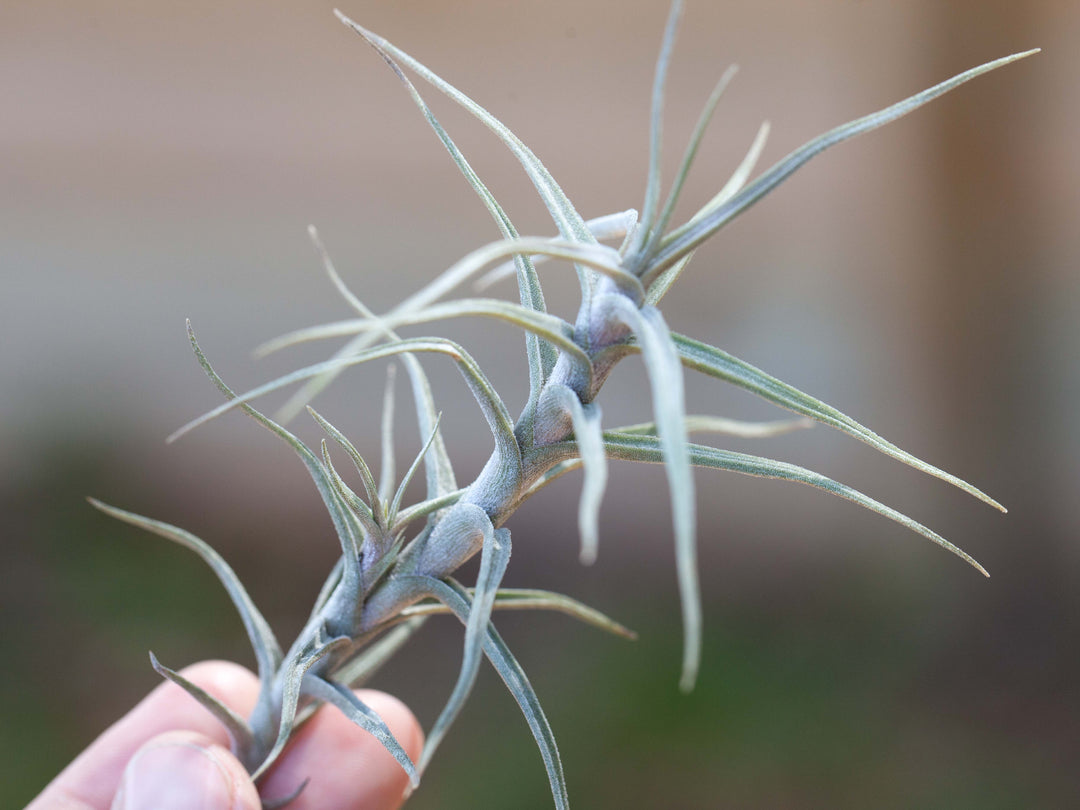
What air plants are good for drier climates?
Plants that have ample trichomes are best suited to drier less humid climates. Read about these drought tolerant plants in our article "Drought Tolerant Tillandsia: "The Best Air Plants for Drier Climates," and find them available on our drought tolerant air plant page.
Blooms and Growth
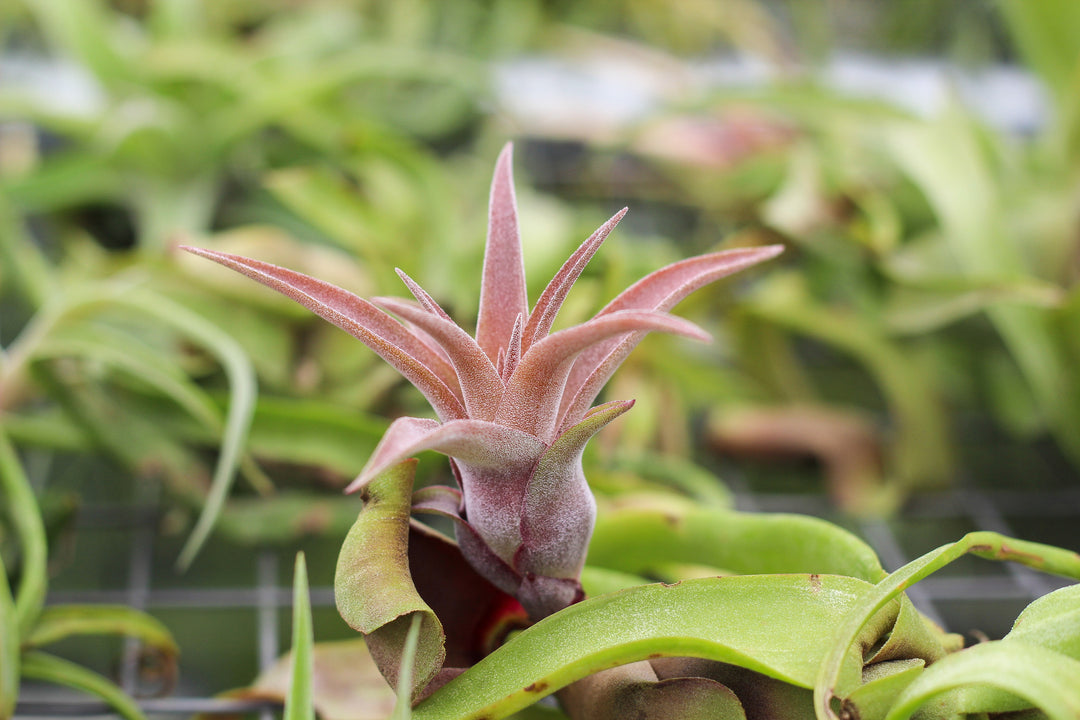
Do air plants die after flowering?
Yes, most air plants will die after flowering, but they will most often produce pups or offsets before they wither away. The mother plant can last awhile though, and give off multiple offset over time. Check out our blog articles to learn more about the flowering process, what happens after the bloom, and all about air plant propagation.
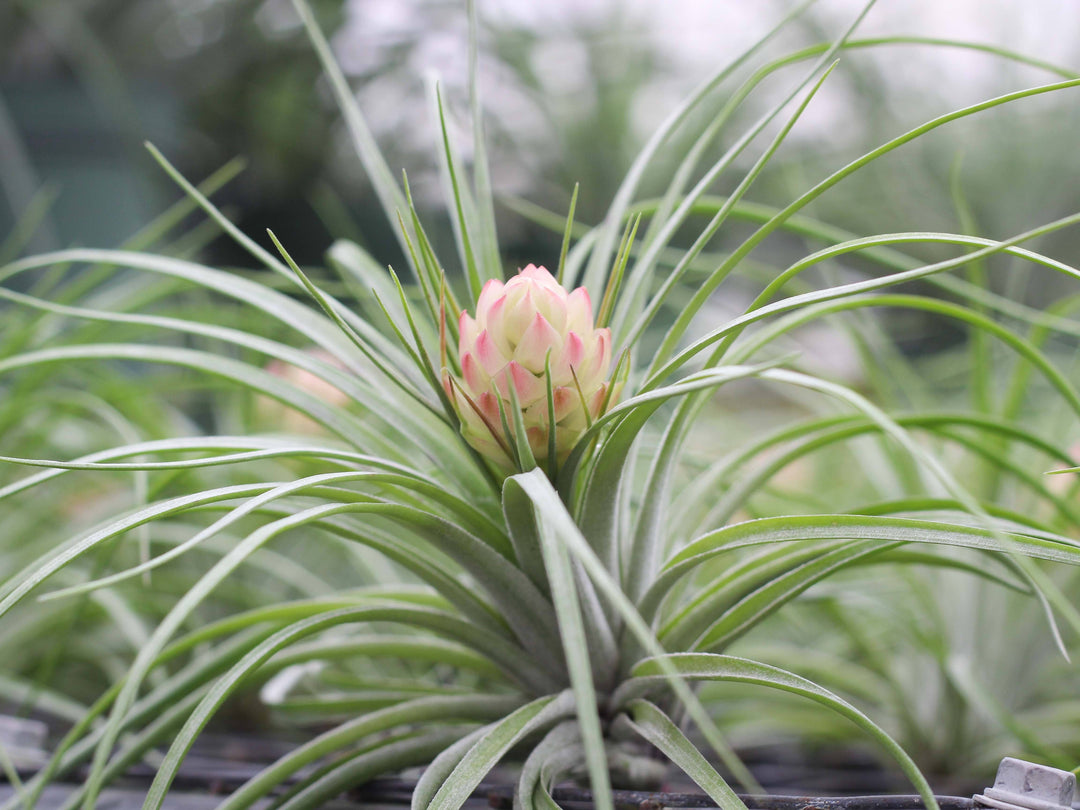
How long do air plant blooms last?
Most air plant blooms last a couple of days to a week, but some plants that have larger blooms called "inflorescences" can last for months. These plants include the xerographica, harrisii, and the fasciculata tropiflora. Check out our article about what happens after the bloom to learn more!

Do I have to fertilize my air plants?
Nope! Fertilizer is not required, but can help your plant bloom more quickly and produce more offsets/pups. Learn how to properly fertilize your air plants on our blog and purchase a bottle of our specially formulated air plant fertilizer to help your air plants thrive!

How fast do air plants grow?
Most air plants are pretty slow growing, but some grow faster than others. Some plants such as the xerographica, harissi, and capitata are pretty slow growers, but can grow to be quite large. Plants such as the ionantha stay pretty small but will produce offsets more quickly than a xerographica plant.
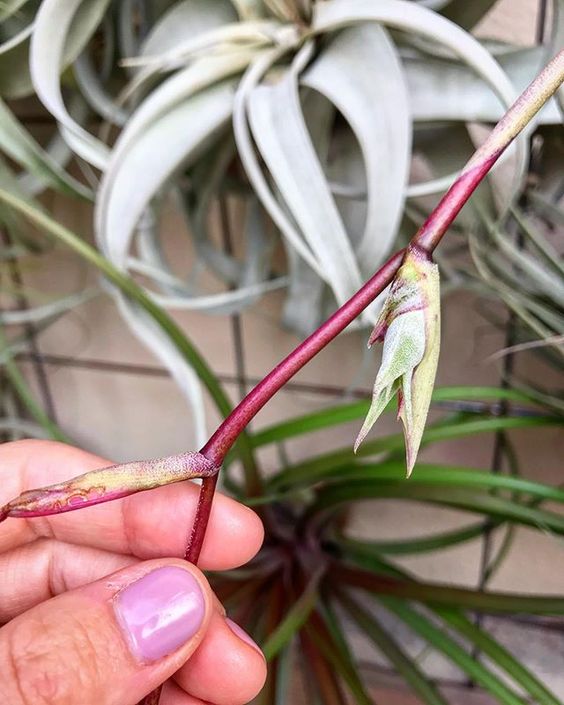
How do air plants reproduce?
Let's talk about making babies, air plant babies that is! Tillandsia air plants are very slow to grow from seed so propagation tends to be the preferred method of growing air plants for most Tillandsia nurseries. Here at Air Plant Design Studio, we rely on propagation to increase our air plant supply and produce some incredibly healthy Tillandsia specimens.


